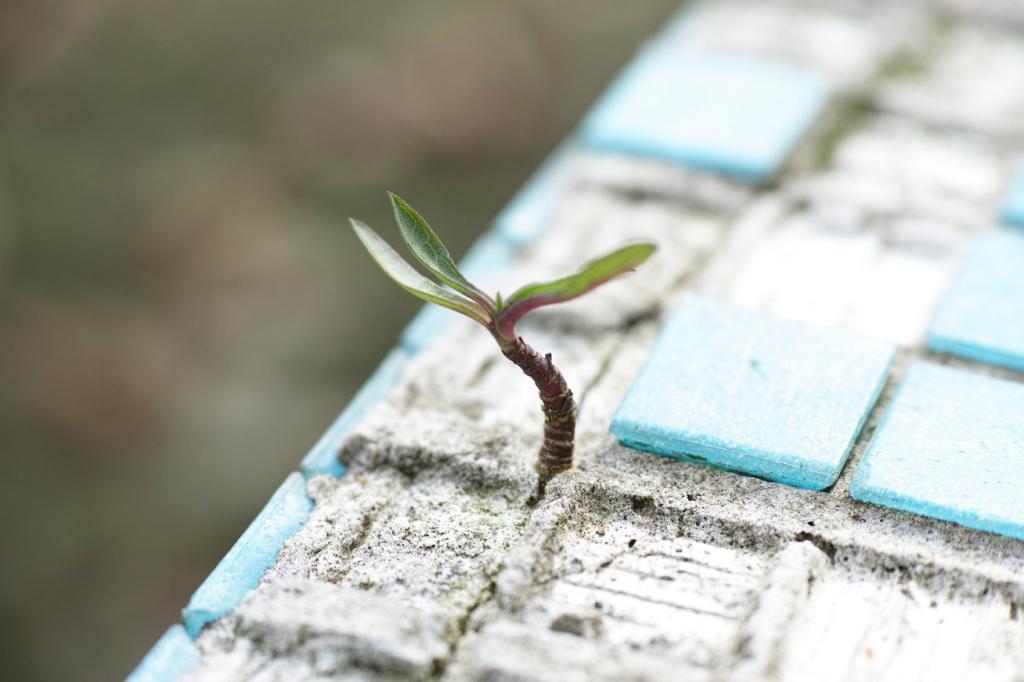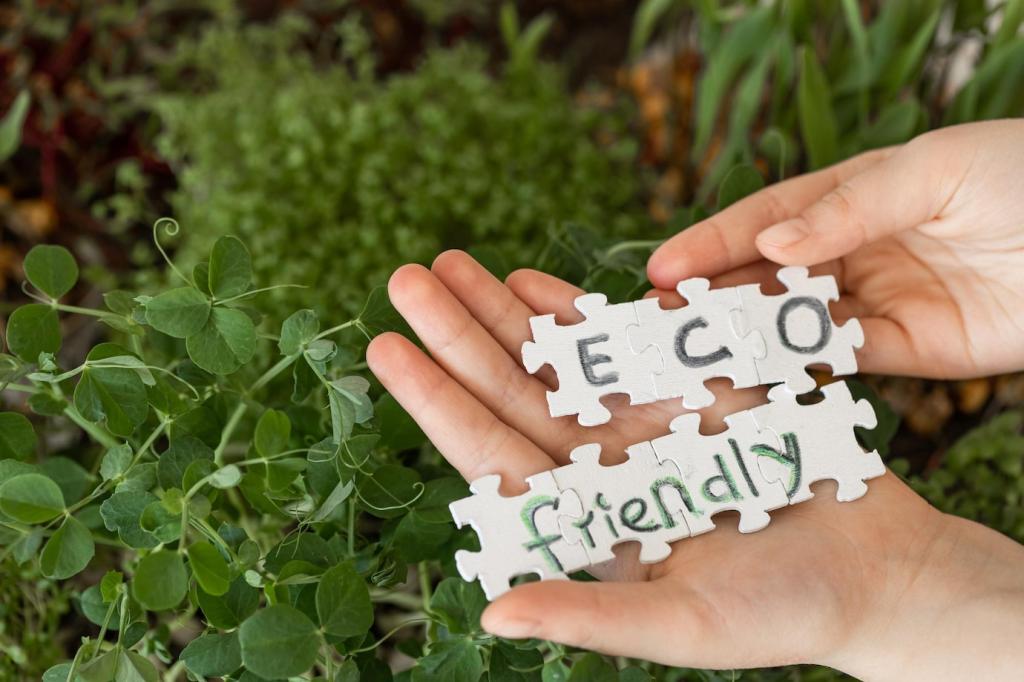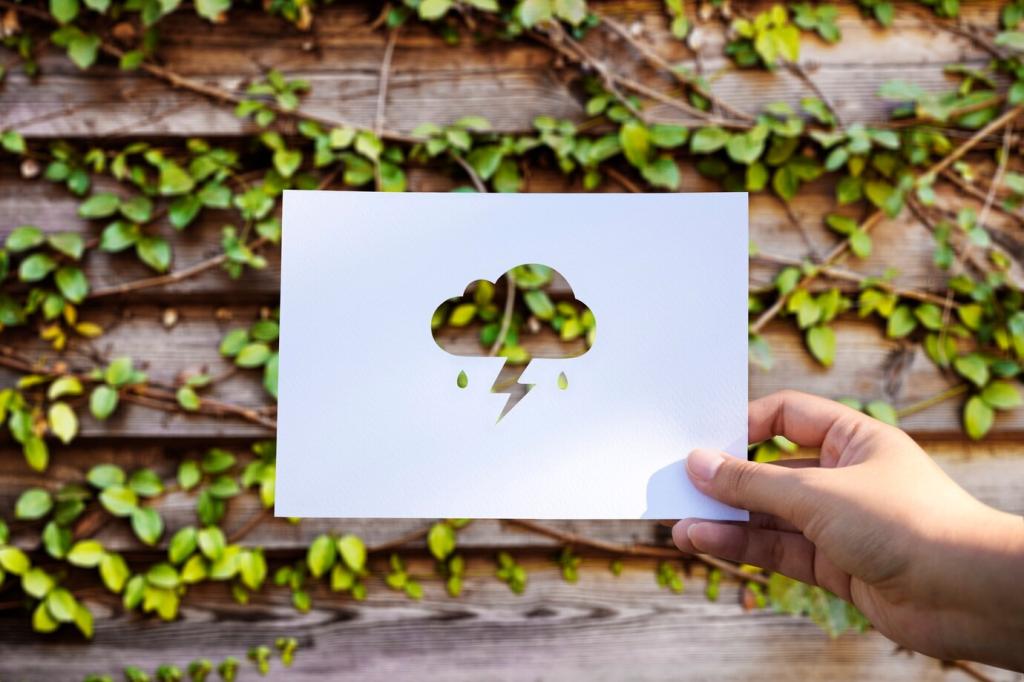Gentle, Low-Waste Cleaning Routine
Once a week, wipe surfaces with a clean, dry, lint-free cloth to lift dust before it abrades the finish. Vacuum seams with a soft brush attachment to catch debris. Launder cloths in cool water, air-dry, and keep them labeled for leather only. What’s your weekly rhythm?
Gentle, Low-Waste Cleaning Routine
For light soil, use distilled water and a drop of mild, pH-balanced leather or castile soap. Lightly dampen a cloth, wipe with small overlapping passes, then follow with a dry cloth to remove moisture. Skip baby wipes and alcohol—they can dry finishes. Always test and use the gentlest effective method.








